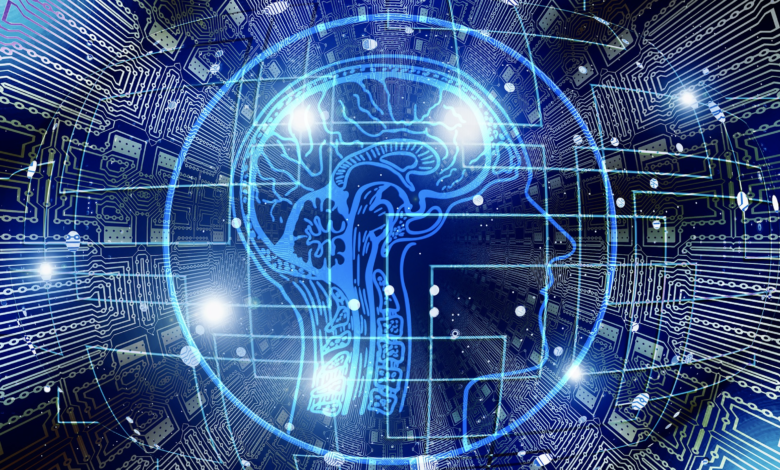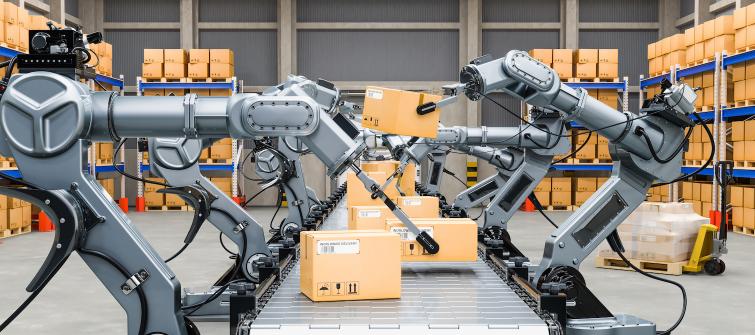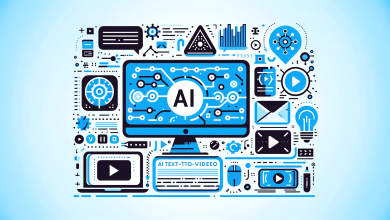
Machine learning (ML) and artificial intelligence (AI) are often used interchangeably, but they aren’t the same.
ML is a subset of artificial intelligence. It uses algorithms trained to generate models that perform complex tasks. In contrast, AI is computer software that mimics how humans think to perform complex tasks like reasoning, analyzing, and learning. Since most AI tasks are now performed using machine learning, the two terms are used synonymously.
Moreover, ML and AI have emerged as transformative fields with the advancement of technology. The exponential growth has triggered an increased demand for people with expertise in these areas. Here are six reasons why AI and ML are so big today and how they are helping businesses to scale and expand.
- Increased innovation
ML and AI can drive innovation by enabling companies to recognize new opportunities for growth and development. With the help of data, artificial intelligence helps discover new trends and patterns, leading to new services, products, and business models. This makes AI product and business development managers some of the highest paying artificial intelligence jobs in the market. These professionals usually find new business opportunities and build AI-based solutions using ML and AI. They help companies develop strategies and formulate plans for business expansion.
In addition, AI and ML application provides incredible revenue growth and cost savings opportunities. Organizations that implement AI and ML see a huge return on investment. It helps businesses stay competitive in the marketplace while generating new revenue streams and meeting customer expectations.
- Automation

Today, no business process can function without automation; it positively impacts all business sectors and units. From marketing to communication to internal onboarding and support, automation helps in removing inefficiencies from every corner of the business.
For instance, automation can boost the productivity of a sales department by almost 14.5% and bring down marketing costs by approximately 12.2%. Moreover, taking manual workflow out of your business allows managers to free up resources for other valuable projects and seemingly unavailable ideas. Automation helps businesses replace administrative tasks with the freedom to think strategically about the bigger picture.
- Better decision making
It is not that humans are unable to think critically, but we are somehow limited in processing and coordinating large amounts of data. Thus, ML and AI analyze trends, identify patterns, deliver data, and forecast results. The technology can keep human emotion out of its processes, take raw data, and translate it into an objective decision.
Businesses can focus on strategic aspects by accelerating the decision-making process. This is like outsourcing your mental workload while freeing the intellectual capital to get a better return on investment. For instance, if we consider the HR department, AI-powered solutions now facilitate recruitment. The solutions help source better candidates and analyze their interviews, helping the HR team make smart decisions and reduce workload.
- Customer satisfaction

Artificial intelligence and machine learning are helping businesses improve customer experience. By analyzing browsing habits, purchase history, and other data, the technology helps businesses offer personalized product and service recommendations. This, in turn, help organizations earn loyalty and increased customer satisfaction let alone higher sales.
Voice assistants, automated emails, and chatbots are examples of how ML and AI make interactions between businesses and customers more user-friendly and intuitive. Thus, it has never been easier to provide tailored and timely customer experiences using NPL and deep learning. It also helps employees reduce the workload, like customer support teams, by eliminating manual workflows and increasing efficiencies.
- Fraud prevention and detection
Integrating AI and ML with other technologies like blockchain and biometric authentication systems provides an opportunity to detect and prevent fraud instantly. This is usually done by analyzing the user behavior. These algorithms are trained to recognize suspicious behavioral patterns, such as an unusually high number of transactions within a brief period or repeated transactions originating from the same IP address.
This helps organizations automate risk assessment and improve risk management and security. Not to mention, AI and ML can prevent fraud far more accurately than manually created rules alone. Certain AI and ML monitoring solutions can also automatically undergo retraining every few weeks to stay effective and up-to-date.
- Increased operational efficiency
Do you know businesses can now increase their productivity by 54% by integrating AI? When it comes to expanding your operations and automating the most repetitive tasks. AI-integrated businesses are now witnessing an immediate increase in efficiencies. For instance, any business can keep its support lines open 24/7 without worrying about human resources working overtime. Similarly, businesses can now analyze large amounts of data with a single click without burning out resources.
Today, many businesses have integrated AI and ML to enhance their ability to automate repetitive tasks and processes. This, in turn, helps organizations reduce costs, save time and increase productivity. Since advanced ML and AI algorithms continuously adapt to changing circumstances and learn from data, they help organizations to predict demand patterns and automate decisions to streamline workflows with efficient resource allocation.
Moreover, AI-powered workforce management solutions can analyze employee performance, skill set, and productivity data. This helps identify skill gaps and match the right expertise for each position, reducing labor costs and improving productivity.
Conclusion
Using AI and ML has become crucial for companies to stay competitive. So make the most of the information provided in this article. This will help you improve customer satisfaction, increase operational efficiencies and make informed decisions. As deep learning technologies continue to evolve, remember the future of AI and ML will only become more powerful.



